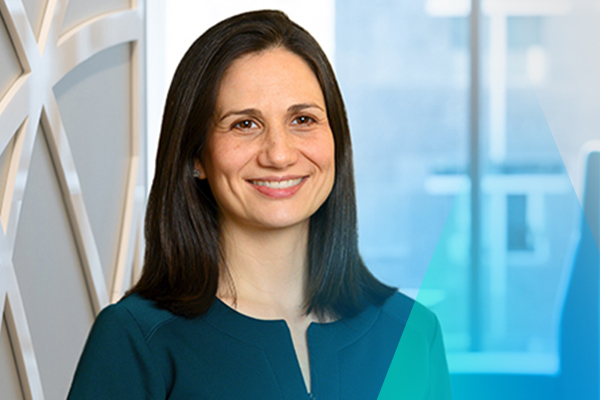BPCI Advanced Provides a Glimpse into the Future of Bundled Payments
Summary
Last month, the Centers for Medicare & Medicaid Services (CMS) released a Request for Application (RFA) for the Bundled Payment for Care Improvement (BPCI) Advanced initiative.The program is set to begin on October 1, 2018. Providers’ deadline to apply is March 12, 2018.
The BPCI Advanced model includes fewer episodes than the original BPCI program, suggesting a shift by CMS towards episodes with consistently high volume and participation under the current BPCI program. Additionally, BPCI Advanced will qualify as an Advanced Alternative Payment Model under the Quality Payment Program, which could lead to a 5% bonus payment for participating providers.
The structure of BPCI Advanced signals that the administration is moving forward with voluntary bundled payment models. However, recently confirmed Health & Human Services Secretary Alex Azar has suggested he could be open to mandatory demonstrations or pilots in certain situations.
The structure of BPCI Advanced points to CMS’ new direction for future bundled payment models in several ways:
- Capacity to Implement: The timeline for BPCI Advanced is aggressive, with a shortened period between the release of the RFA, the application deadline, and the start of the model. With each new model, CMS is giving providers less time, attracting applicants with the capacity to implement.
- Appetite for Risk: CMS is requiring participants to accept downside risk from the outset of the program. Applicants will no longer benefit from a phase-in period that allowed participants to gain experience with bundled payments before assuming downside risk.
- Targeted Participation: CMS is seeking specific provider types for bundled payment initiatives. BPCI Advanced requires physician group practices and acute care hospitals to initiate the episode. However, the agency indicated it may launch future bundled payment models focused on other provider types.
- Creation of Advanced Alternative Payment Models: CMS is expanding opportunities for physicians to participate in AAPMs by allowing BPCI Advanced to count as an AAPM. This opportunity will allow participating physicians to qualify for the 5% bonus payment under MACRA.
- Willing Partners: CMS has scaled back mandatory participation in bundled payment models. In the future, it is likely that CMS will continue to make alternative payment models voluntary for providers.
To receive more expert insights on BPCI Advanced, connect with us.







